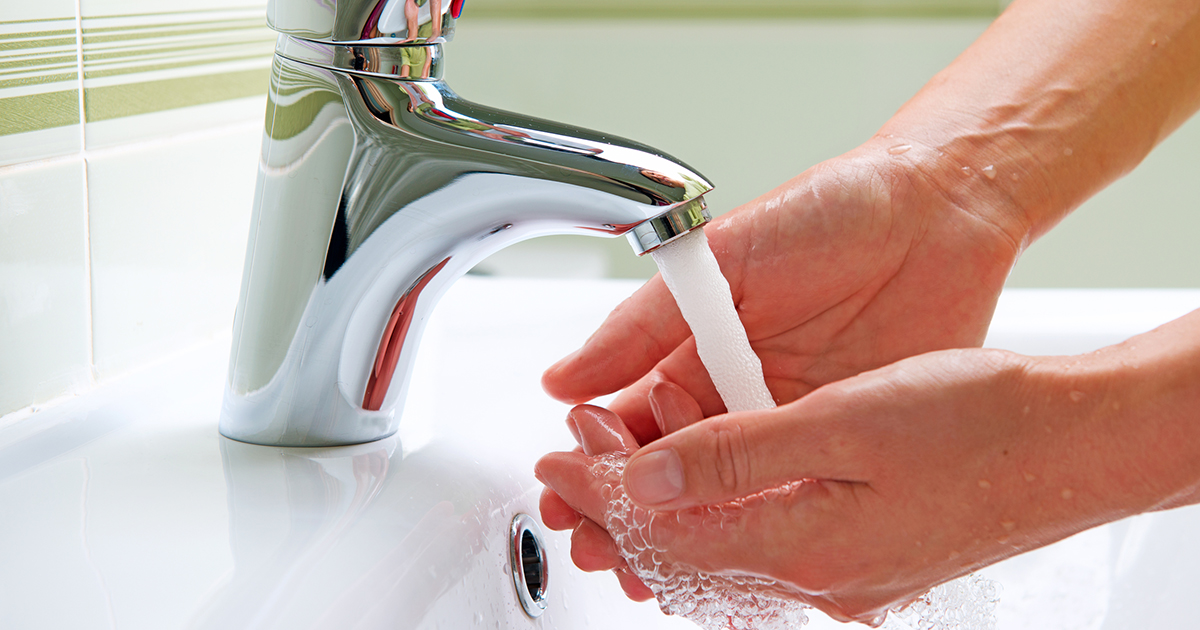Ways To Treat A Wasp Sting
Wasp stings can be a hazard in the warmer months of the year, especially in the late summer and early fall, when wasp colonies have completed their nests. If a wasp attacks, it typically means an individual has walked too close to a wasp nest and the wasps inside feel threatened. A walk in the woods can be painfully interrupted if a hiker walks over a yellow-jacket nest in the ground or below a paper wasp nest in the trees above. Unlike bees, a single wasp can sting someone multiple times, so it is vital to move away if a wasp begins stinging. Fortunately, unless there is an allergy, most wasp stings are not very serious and respond well to self-treatment. Get to know the best strategies for treating a wasp sting now.
Wash Area With Soap And Water

A common first step in the treatment of a wasp sting is to wash the area with soap and water. This treatment is helpful for two main reasons. First, a wasp sting is a small puncture wound and needs the same first aid as any break in the skin. Washing the area well can also prevent infection. Second, the main reason wasp stings are painful is a small amount of irritating venom is injected with each sting. Cleansing the sting with soap can help wash away some of the venom, diminishing its effect on the body.
Read more about treating a wasp sting now.